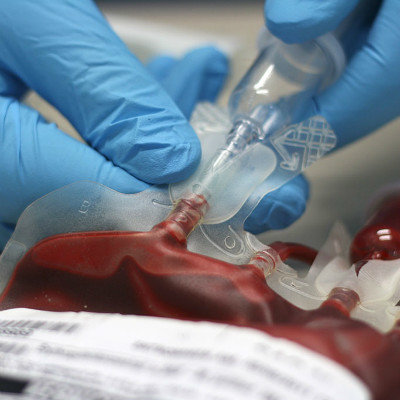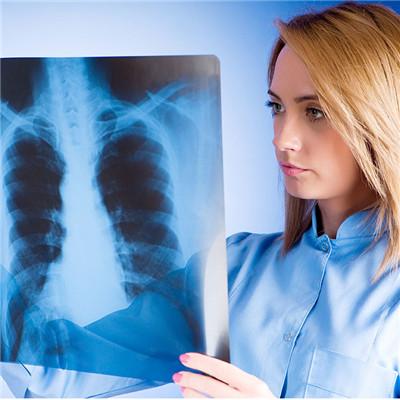Symptoms of acute neurotoxicity
summary
Toxic bacillary dysentery is a kind of bacillary dysentery, which is distributed throughout the year, mainly through the digestive tract. With the arrival of the summer epidemic period, it poses a great threat to the public's health. The disease develops seriously, and can show septic shock and toxic encephalopathy. It is necessary to understand the performance of toxic bacillary dysentery.
Symptoms of acute neurotoxicity
Cerebral central nervous system symptoms are the main clinical manifestations. Vasospasm can be caused by cerebral ischemia and hypoxia, leading to brain edema, increased intracranial pressure and even brain hernia. Patients may have severe headache, frequent vomiting, irritability, convulsion, coma, disappearance of light reflex, etc. in severe cases, central respiratory failure may occur;

Mixed type has two manifestations, the most dangerous condition, high mortality, essentially including circulatory system, respiratory system, central nervous system and other multiple organ damage and failure.

Shock type is more common, with septic shock as the main manifestation, including pale complexion, cold limbs, skin spots, cyanosis, increased heart rate, pulse count or even can't touch, blood pressure gradually decreased or even can't be measured;

matters needing attention
1. Severe cases are not easy to reverse, can lead to multiple organ damage and failure, life-threatening; 2. Children aged from 2 to 7 are more common than adults; 3. There is no abdominal pain and diarrhea at the beginning of the disease, but dysentery like stool can appear within 24 hours after the onset of the disease.
















